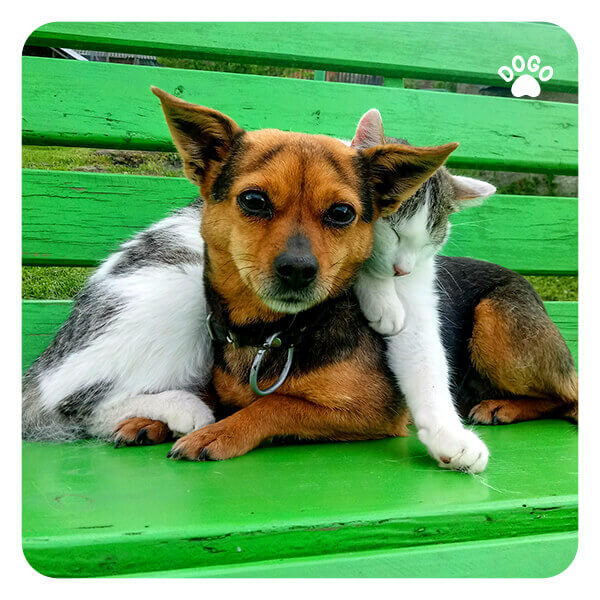 Bringing a new pet into your home is an exciting yet delicate process, especially when you’re introducing a dog to a cat or vice versa. It’s natural to feel a little anxious about how they’ll get along, but with patience, understanding, and the right approach, you can help your furry friends build a harmonious relationship. In this blog post, we’ll explore some effective ways to introduce cats and dogs, allowing them to coexist peacefully and even become the best of friends.
Bringing a new pet into your home is an exciting yet delicate process, especially when you’re introducing a dog to a cat or vice versa. It’s natural to feel a little anxious about how they’ll get along, but with patience, understanding, and the right approach, you can help your furry friends build a harmonious relationship. In this blog post, we’ll explore some effective ways to introduce cats and dogs, allowing them to coexist peacefully and even become the best of friends.
The first step in introducing cats and dogs is to be mindful of their individual personalities and temperaments. Just like people, animals have their own unique traits, preferences, and comfort zones. Before the first meeting, take some time to observe your pets and understand their behavior patterns. Is your dog particularly excitable or calm? Does your cat tend to be curious or cautious? Understanding these traits will help you tailor the introduction process to suit their specific needs.
When it comes to introducing cats and dogs, it’s crucial to start off on the right foot by creating a safe and controlled environment. Before the initial face-to-face meeting, consider using a baby gate or a pet barrier to allow your pets to see and smell each other without direct physical contact. This can help reduce initial tension and anxiety, giving both animals a chance to acclimate to each other’s presence without feeling threatened. Additionally, providing separate spaces for each pet to retreat to when needed can help alleviate stress during the early stages of introduction.
Patience is key when you’re introducing cats and dogs. Remember, Rome wasn’t built in a day, and neither is a harmonious pet relationship. Allow your pets to gradually become familiar with each other’s scents and sounds before moving on to supervised interactions. Keep in mind that some pets may take longer to adjust than others, so it’s important not to rush the process. Be patient, observant, and empathetic to your pets’ emotions as they navigate this new experience.
When the time comes for the first physical meeting, it’s essential to keep things calm and controlled. Consider using positive reinforcement techniques, such as treats and praise, to encourage good behavior and positive associations. Keep initial interactions brief and gradually increase the duration as both pets become more comfortable with each other. Remember to supervise their interactions closely and be ready to intervene if tensions arise.
As your pets begin to spend more time together, it’s crucial to provide them with plenty of positive experiences. Engage them in activities they both enjoy, such as playtime or grooming sessions. These shared experiences can help foster a sense of camaraderie and trust between your pets, paving the way for a strong and lasting bond.
In some cases, seeking the assistance of a professional animal behaviorist or trainer may be beneficial, especially if you encounter challenges during the introduction process. These experts can provide personalized guidance and support based on your pets’ specific needs, helping you navigate any hurdles that may arise along the way.
In conclusion, introducing cats and dogs requires patience, understanding, and a thoughtful approach. By considering your pets’ individual personalities, creating a safe environment, and facilitating positive interactions, you can help your furry companions build a harmonious relationship. Remember, every pet is unique, and the journey of introduction may unfold at its own pace. With time, patience, and empathy, you can pave the way for a beautiful friendship between your beloved pets.[/fusion_text]

